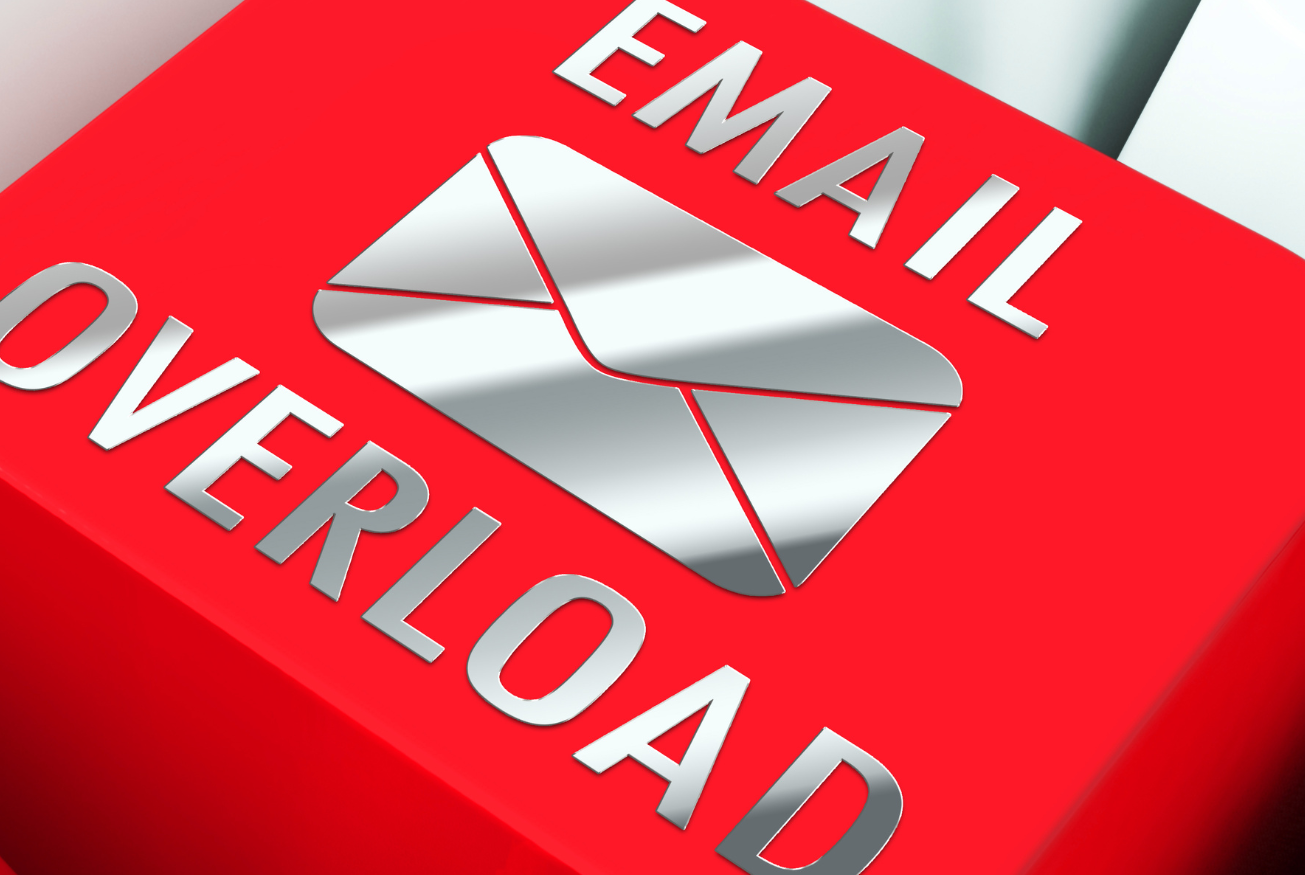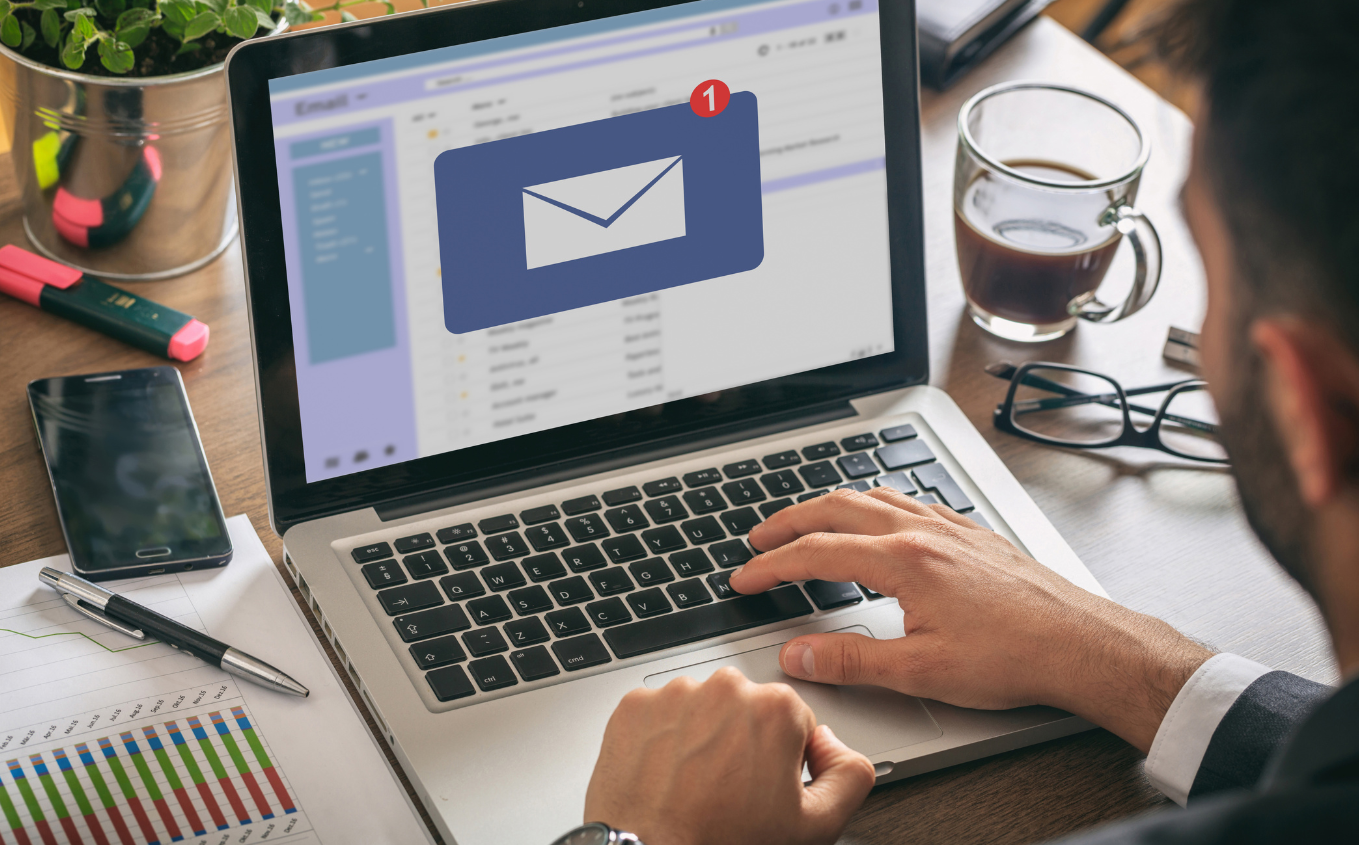
Overcoming Email Overload: Best Practices for Smarter Inbox Management
Email is still one of the most used communication tools in business today. But with millions of emails sent every day, keeping your inbox clean can feel impossible.
If you often feel buried under unread messages, reminders, and follow-ups — you’re not alone. Studies show that most professionals spend nearly a quarter of their workday just managing emails. That’s valuable time that could be spent on more meaningful work.
It’s time to change that. Let’s explore how you can take control of your inbox with smart, simple strategies.
What Is Email Overload?
Email overload happens when your inbox becomes too full to manage effectively. It starts small — a few unread messages here and there — until suddenly, you can’t find what you need or keep up with replies.
Common causes include:
- Ignoring your inbox for long periods
- Receiving too many emails from multiple sources
- Saving non-urgent messages for later
- Not having a clear system for sorting and labeling
Over time, these habits pile up and lead to stress, missed opportunities, and lost productivity.
How Email Overload Hurts Productivity
A cluttered inbox doesn’t just look messy — it slows you down. Here’s how:
- Time wasted searching for specific emails instead of getting work done
- Pressure to reply immediately to avoid losing track of messages
- Miscommunication caused by missed or buried emails
- Lost opportunities when important emails are overlooked
- Higher stress levels from constant inbox anxiety
Email overload doesn’t just affect your efficiency — it can impact your overall focus and well-being too.

What Is Email Management?
Email management is the process of organizing, prioritizing, and responding to emails in a way that keeps your inbox clean and efficient.
It involves simple habits, clear systems, and sometimes, helpful tools. For businesses, it also includes compliance and archiving — ensuring all messages are stored safely and easy to retrieve when needed.
With proper email management, you spend less time “checking emails” and more time doing work that matters.
Best Practices for Managing Your Inbox

Here are some practical tips you can start using right away:
1. Schedule Time for Emails
Don’t check your inbox every few minutes. Set specific times each day — like morning, after lunch, and before you log off — to read and reply to messages.
2. End Long Email Threads
Avoid endless back-and-forths. When discussions get too long, move them to chat or project management tools for faster collaboration.
3. Label and Categorize
Use labels or folders like Client, Project, or Follow-Up. This makes searching easier and helps you visually organize your messages.
4. Prioritize What Matters
Not all emails need your attention right away. Focus on urgent and important messages first, and leave the rest for later.
5. Filter Out Spam
Activate your spam filter and regularly mark junk emails. This keeps distractions out and saves you time.
6. Centralize Your Accounts
If you use multiple email addresses, link them to one main inbox. You’ll have everything in one place and less to monitor.
7. Unsubscribe from Unread Emails
If you rarely read certain newsletters or offers, unsubscribe. A cleaner inbox means fewer interruptions.
8. Use Email Tools
Try tools like:
- SaneBox – Sorts and prioritizes important messages
- Boomerang – Schedules and tracks follow-ups
Hiver – Helps teams collaborate within Gmail
9. Delete or Archive Regularly
Don’t keep everything forever. Delete what you don’t need and archive the rest for compliance or reference.
How Email Archiving Helps
Some industries must keep records of emails for legal or compliance reasons. Email archiving tools make it easy to store old messages safely while keeping your inbox light.
Archiving helps your business stay compliant, organized, and ready for audits or data searches — without overwhelming your active inbox.
Key Takeaways
- Email overload reduces focus, efficiency, and productivity.
- Schedule email time, organize by priority, and use smart tools to stay on top.
- Regularly clean, categorize, and archive emails to maintain control.
A well-managed inbox gives you more time, focus, and peace of mind — all essential for running a successful business.
But managing it all yourself can be tough, especially when your day is packed with bigger responsibilities. That’s where a Virtual Assistant (VA) can help.
A skilled VA can take over your email management — organizing your inbox, sorting priorities, and keeping you updated only on what matters most. With that extra support, you can finally focus on growing your business instead of getting buried in messages.
At Virtual Staff Labs, we help business owners reclaim their time by connecting them with professional VAs who can handle daily admin tasks — including email management — efficiently and reliably.
Start working smarter today.
Let’s help you find the right VA to keep your inbox (and your schedule) stress-free.


